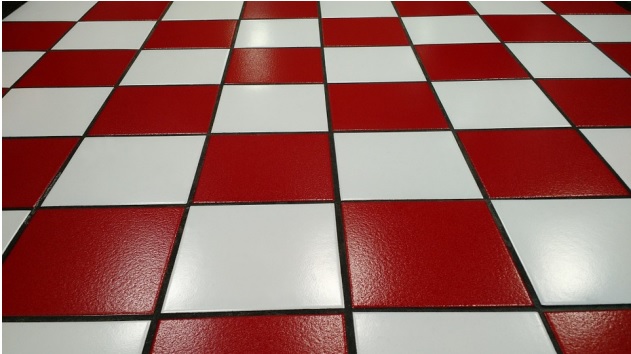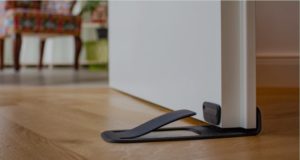For any home that you’re considering putting on the market soon or indeed have just purchased, putting in a heating tile system is something that often seals the deal. The heating system goes in beneath the flooring. The tiles help the radiant heat system push up the warmth to avoid trapping it at ground level as carpeted floors can do.

A modern Warmup DMC-PRO heating system for your floor is one type to strongly consider. It has some useful features that aren’t necessarily present in other available systems. In this article, we provide some tips on materials and installation for a heated tile floor of this type.
Using the Warmup DMC-Pro System
With the Heavenly Heat floor heating systems, they often use the Warmup DMC-PRO equipment because it includes a membrane between the tiles and when heated, it doesn’t fracture when warmed up. This comes in handy with the heating cables above the membrane and residents walking all over the tile floor, which puts it under strain. The membrane provides more flexibility with the installation and final setup.
The system is flexible enough to be installed on top of wooden subfloors or laid on concrete too. This provides easier access during the installation to lay the heating cables and the membrane under that.
Using the Right Adhesive to Affix the Membrane
There’s a choice of different adhesives to fit the membrane. When using a thinner membrane, it’s possible to use unmodified adhesives or other modified ones that may help create a better seal on certain heavier subfloor materials.
It’s always best to follow the detailed instructions from the manufacturer. They may not have them supplied with the product itself, but their website should have tips for their product’s installation.
Also, use a trowel (a v-notched one) to fit the membrane properly. It will help to get the angles perfectly fitted to avoid leaving any gaps during the installation.
Membrane and Motors
Using the DCM-PRO product, it permits motors that are themselves modified, unmodified or self-leveling. They can be placed on top of the membrane. This is beneficial to users of this product because different shapes and styles of tiles will tend to be indifferent to the motor used and visa versa.
With a self-leveling motor over the aforementioned membrane, it provides additional flexibility about floor types. It accepts wood, LTVs or even carpeting too. Furthermore, it’s possible to lay the cable on top of the membrane as a first phase and add tiles to the uppermost areas as a second phase.
Remember, should you wish to install everything as a single phase, then adhesive will be required on the membrane so that everything fits together. There cannot be many gaps or empty spaces in a single layer approach, overwise, it will reduce the effectiveness of the heating system.
Lastly, to get a more consistent level to the membrane fitting, consider using an insulation board to knee down on it. This ensures the adhesion will be more uniform at the subfloor level and the heating cable above it.







